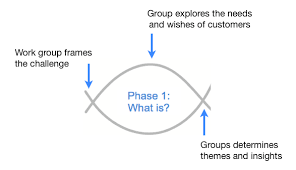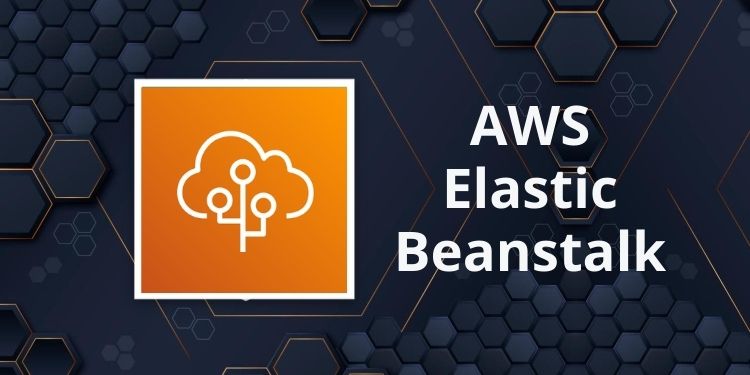
How we Develop Digital Assets into Functional Apps
July 29, 2018
The birth of an idea: Business vs Design
February 5, 2019Introduction to Digital Asset Management (DAM)
Digital asset management is an old concept. Yet, it is becoming increasingly relevant for a wide range of organizations. The rate of data production is accelerating. Organizations need DAM to ease collaboration and to save valuable time.
You likely manage your personal digital assets (photos, music, videos) using basic folders. This is no problem when it’s limited to your personal computer. But, sometimes a business needs to organize thousands of digital assets. This is where things become complicated. Digital Asset Management is the solution to the digital asset proliferation problem.
The 7 Key Benefits of DAM
Digital Asset Management allows organizations to store, manage, and process digital files.
- DAM help organizations to keep branding consistent.
- DAM reduces the cost organizations incur when engaged in creative production.
- DAM allows organizational stakeholders to quickly distribute digital assets.
- DAM improves the ability of knowledge workers to save, search for, and retrieve digital files.
- DAM allows work teams to collaborate and communicate better.
- DAM protects organizations from inadvertent copyright infringement.
- DAM prevents employees from being able to use the wrong assets.
4 Important Types of Digital Assets
1. Social Media Assets
A lot of energy goes into creating a long-form piece of content. To get the most from this effort, you can repurpose this content into smaller digital assets. Examples are not limited to what is found on Facebook and Twitter. But can also extend to marketing emails and scripts for YouTube videos. When deciding which long-form digital assets to repurpose for social media accounts, you must look beyond clicks. It is more important to figure out what which pieces of content produce the most engagement.
Imagine a whitepaper receives a great reaction from your audience. You should take a look at which parts people found most valuable. This will indicate what should be shared across your social media accounts. Here you need an effective DAM system to get these snippets ready for use. This enables you to categorize the smaller assets based on what people find valuable.
2. Photographic Assets
Good photography is usually expensive. Fortunately, one image can be repurposed in many ways. Proper DAM helps ensure that the results of different uses can be recorded within its metadata.
DAM allows you to be consistent in your approach to reusing photographs. This is especially important if you are managing many social media accounts. Visuals are closely tied to your brand perception. More consistent visuals lead to more effective marketing. But when you have thousands of image files to work with across dozens of designers, it can become difficult to maintain consistency. This is why so many large companies rely on DAM to organize their photographic assets.
3. Video Assets
A video is another kind of digital asset that lends itself to creative reuse. Clients love well-produced videos. These are more readily shared across social media accounts. Yet, without proper digital asset management, reusing video effectively is difficult.
Low quality is the primary reason videos fail to resonate with consumers. But, this is not the only reason for videos failing to make an impact. Even a great video will fail if it’s stored on a hard drive somewhere for months. Video assets need to be stored in a centralized location so that marketing teams can produce effective campaigns to support it. This is what maximizes the value of video assets and it cannot be achieved without DAM.
4. Knowledge Assets
How does your organization transfer knowledge from one department to another? Imagine your team has experienced a breakthrough in learning. Naturally, you would like to help others make use of what you have discovered. This is especially important for teams that may be facing a challenge like the one you have overcome.
What is the best way to structure that new data so that it is readily transferred to other people? One way to do that is to develop a knowledge asset. You then tag it with relevant metadata. And embed it within a well-structured digital asset management system. This approach allows you to capture operational knowledge. You can then store this in a way that makes sense to people who did not go through the initial experience.
Knowledge assets may be the most important class of digital assets. This is because they provide the substrate for all other assets to be created. Knowledge assets ease one’s ability to transfer learnings to others.
The most effective method of transferring knowledge is in a face to face interaction. However, this also happens to be the least efficient. Sometimes knowledge must be distributed at scale. In which case, a knowledge base that is tagged with relevant metadata is necessary. It must also be connected to a well-structured DAM system. This facilitates the transfer of knowledge between people even if their time at a company does not overlap.
How to Build a Knowledge Base with DAM
There are eight steps necessary to create a practical knowledge base. This makes proper use of all the digital assets your business generates.
- Set the context. There needs to be clarity about the purpose of a given knowledge asset. This includes a thorough understanding of who the intended user of the asset will be. Understanding this will help make sure the appropriate metadata is included. The end user will usually help to specify the purpose and scope of any specific knowledge asset. Now you have clarified the scope, purpose, and end user. You must then ensure that the resources are readily available. All this takes place within your digital asset management systems.
- Capture the knowledge. You need to establish a process for recording the data people have in their heads. The most effective processes are usually dialogue based. The following process could help:
- Identify who has the knowledge.
- Execute a knowledge capture process.
- Collate all the useful documents.
- Specify the structure of the knowledge asset.A knowledge asset could contain data derived from the work of a single team or many teams. The structure specification may include:
- Knowledge context
- Project history
- Advice for future teams
- Contact details of primary contributors
- Recommended metadata
- Distill the key lessons.The analysis of the most important data involves looking back to know the knowledge developed. This historic view can then be turned forward to create advice for managing future scenarios. These lessons can be presented as future recommendations, for example as a checklist. For more flexibility, they could be presented as questions. Future knowledge workers could ask themselves these questions when in a similar context.
- Validate the knowledge. Any recommendations developed in the previous step must be validated by the appropriate team. In addition, it should be validated with the wider community of possible end users.
- Select the best media.Each person has a preferred learning modality. And richer media are able to transmit more data. It is true that the bulk of your knowledge assets will be text-based. Still, try to make use of video, audio, and images as much as your technology, budget, and bandwidth will allow.
- Publish your knowledge asset.You need to place your knowledge assets where the intended end user can easily find them. This means publishing in a central location. This allows the community of end users to know when it is published and updated. Plus, the intended end user can also edit the asset as they gain new knowledge. Users should also be able to update the metadata of knowledge assets as well. This ensures that the metadata remains relevant to the current content of the file.
- Integrate the knowledge.Update the working processes in your organization to match newly generated knowledge. That is how knowledge is converted into effective action. This should apply to all processes, training procedures, and rules. Proper integration is also key to validating updates to the knowledge asset.
As you can see, this is a process that requires a long-term commitment. But commitment alone is not enough. Because we are dealing with intangible assets different rules for asset management apply. The whole workflow of the business must support the proper management of digital assets. This includes ensuring every asset has complete metadata. When this is done properly, data becomes manageable and users are able to find the content they need right when they need it.




